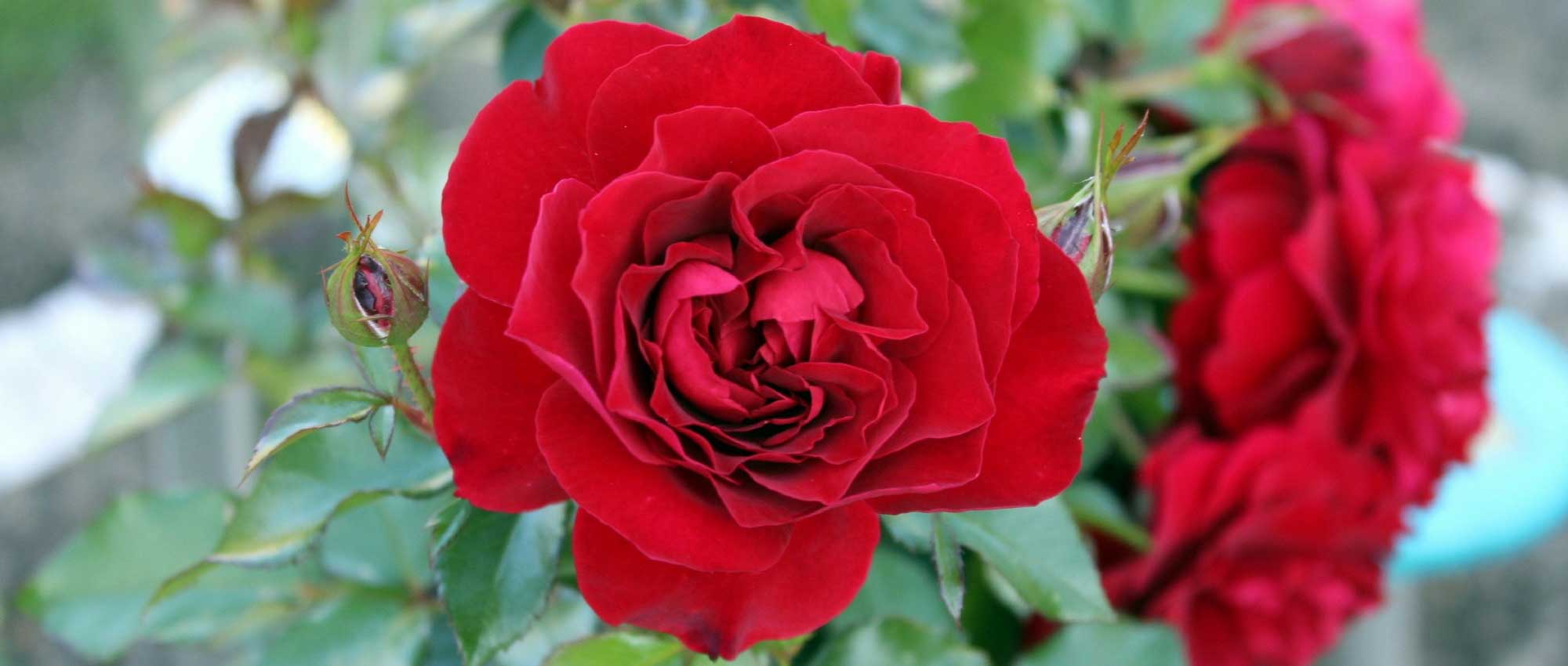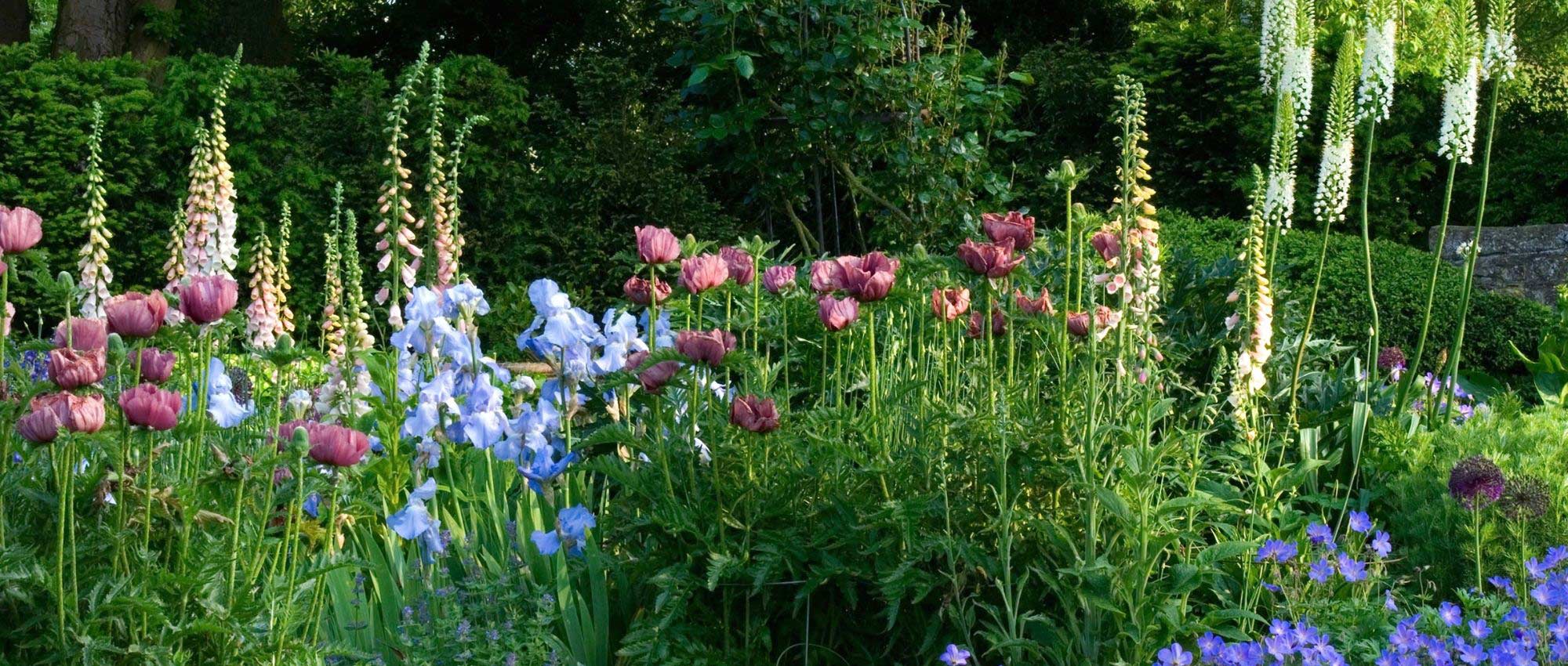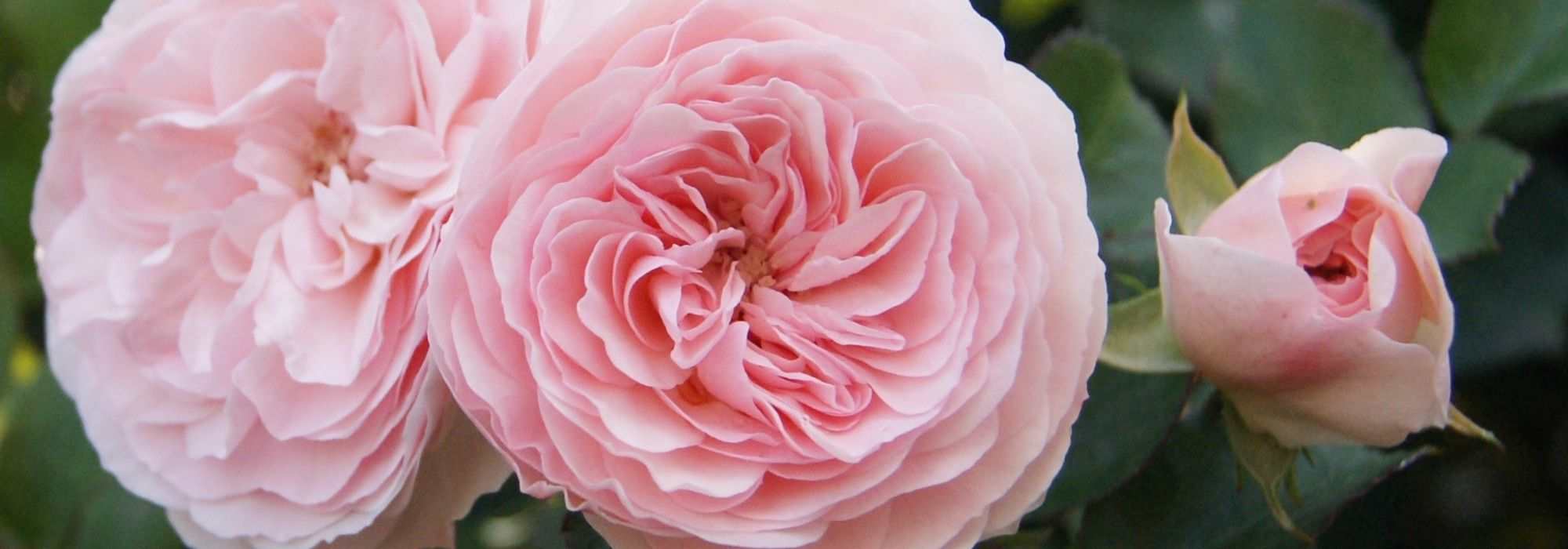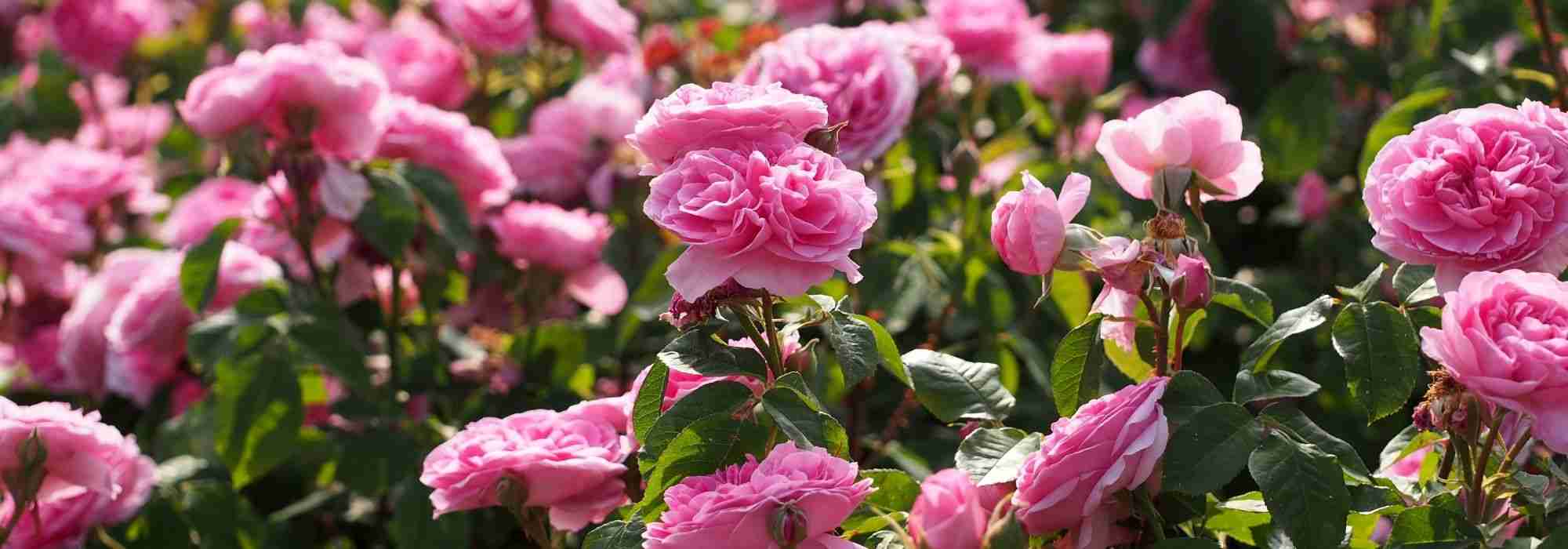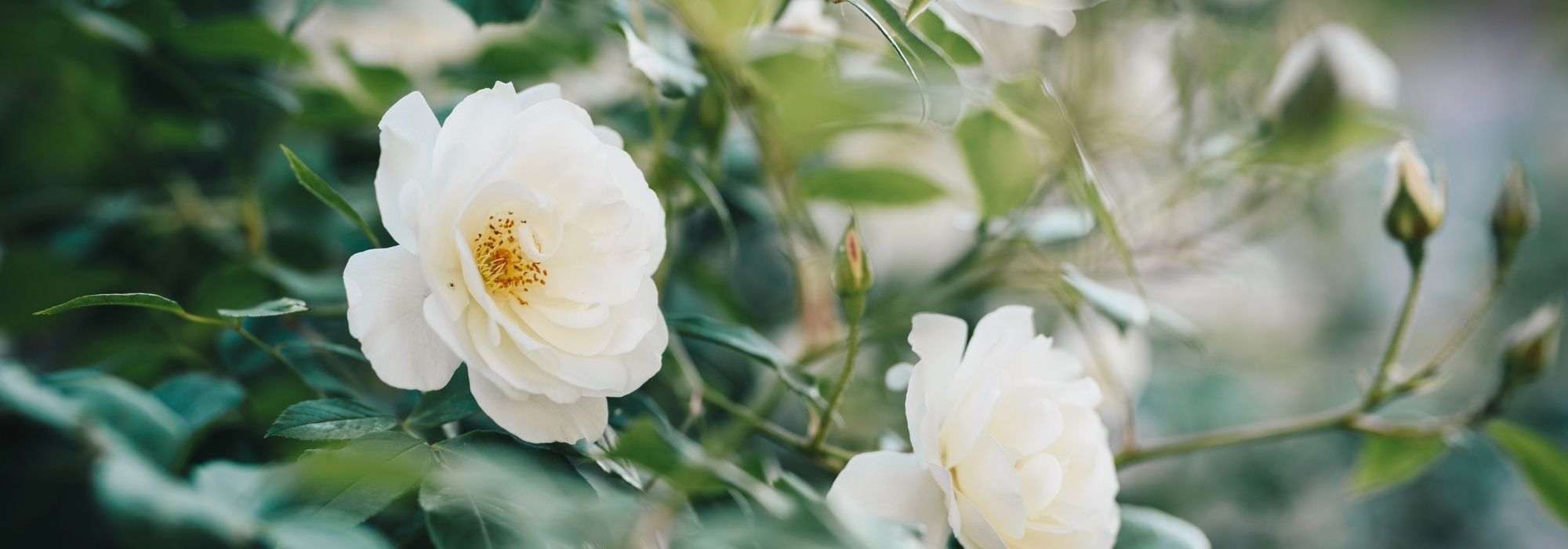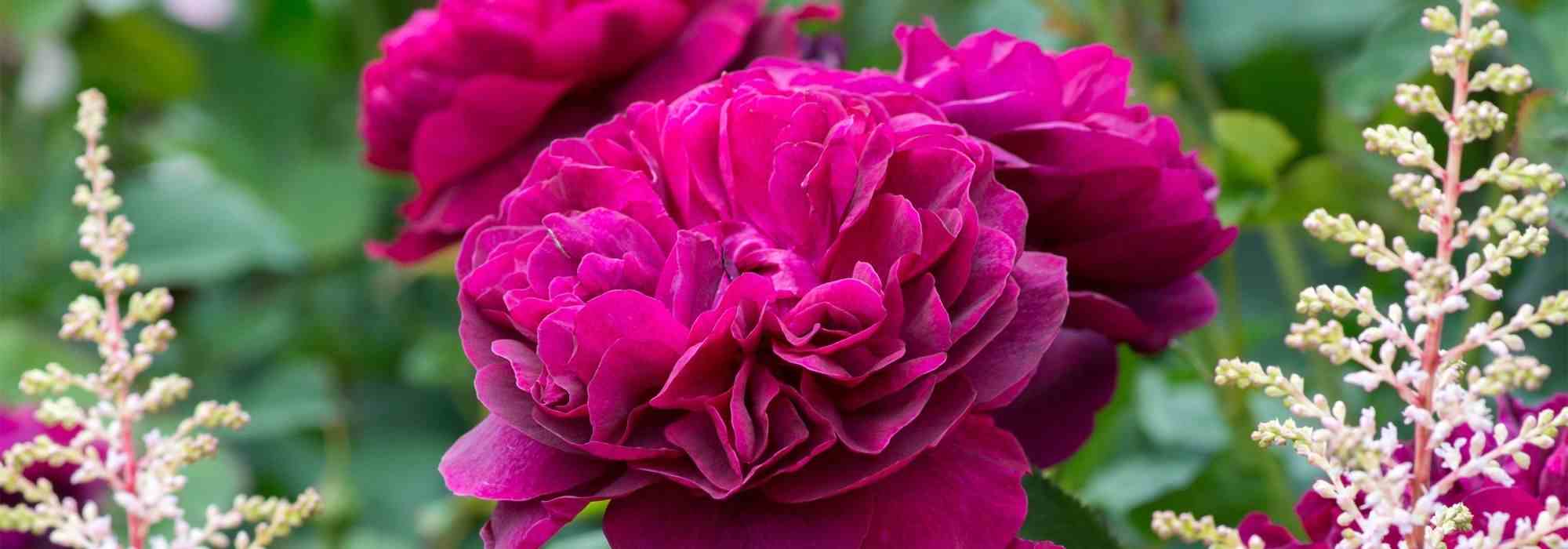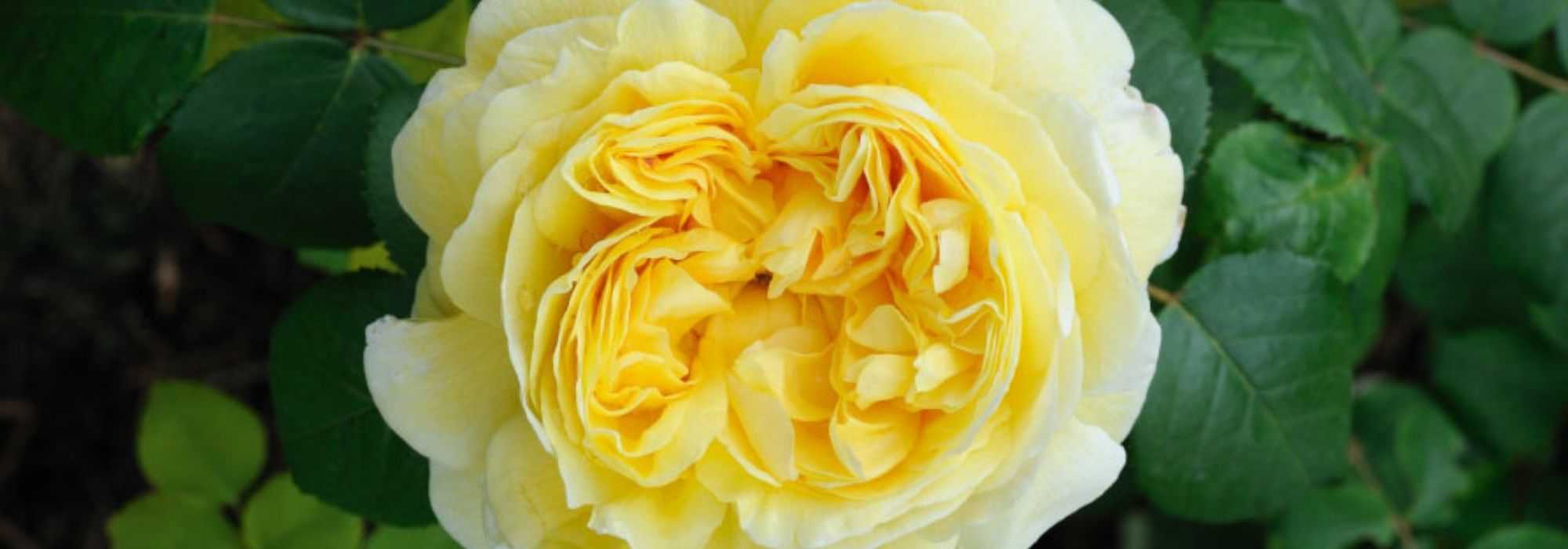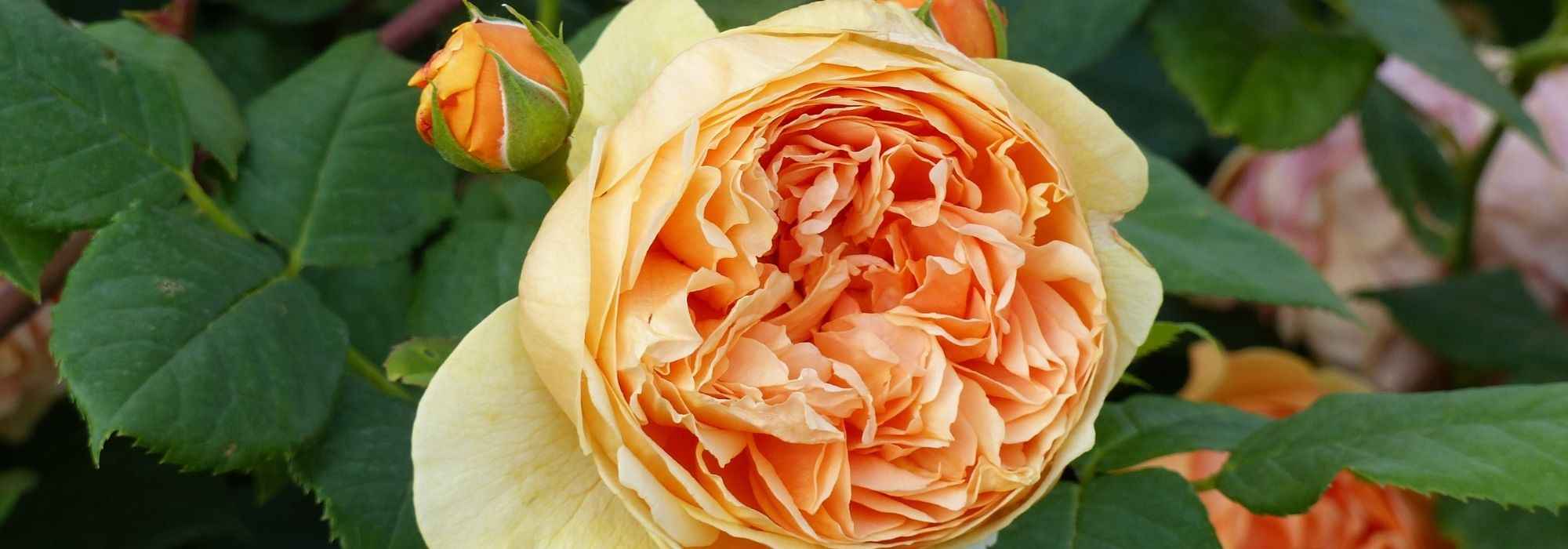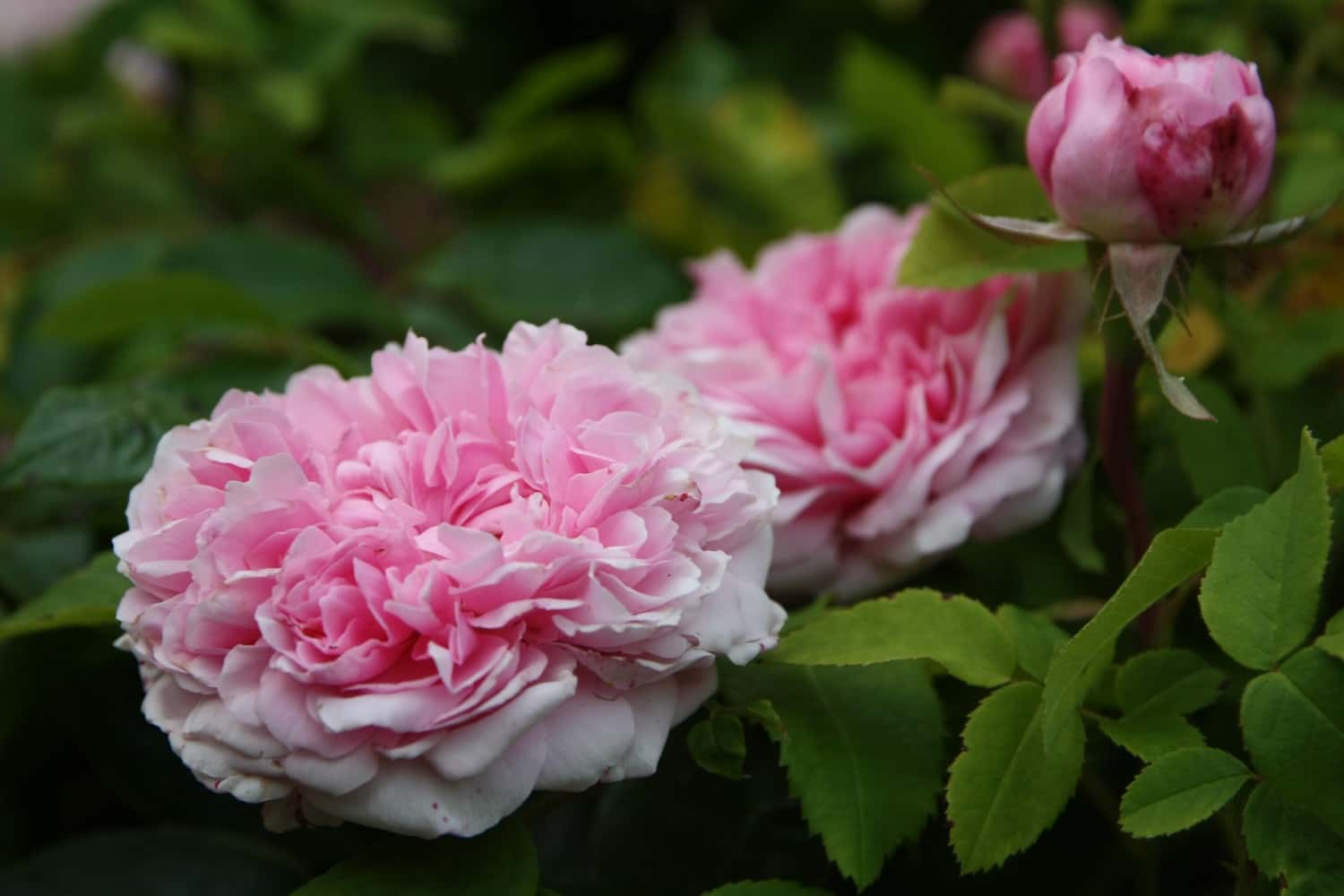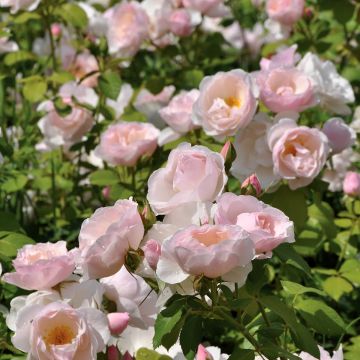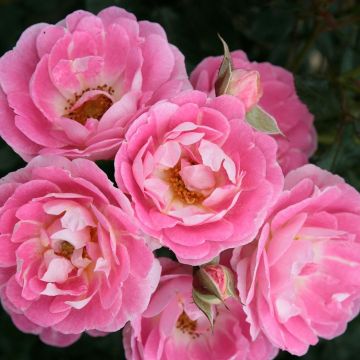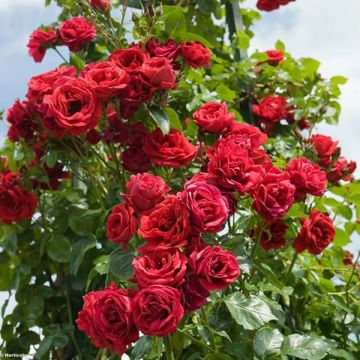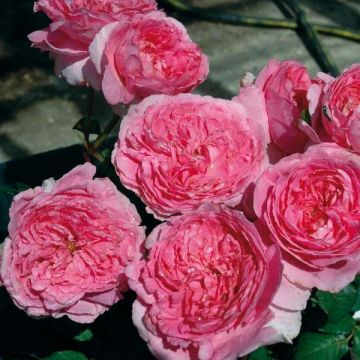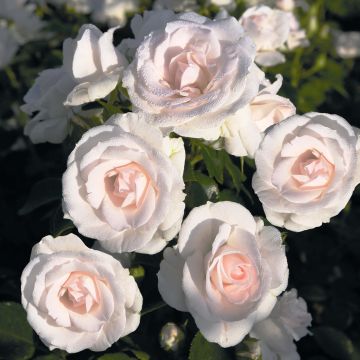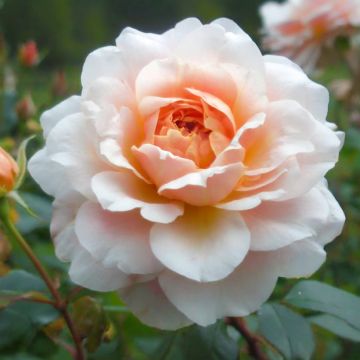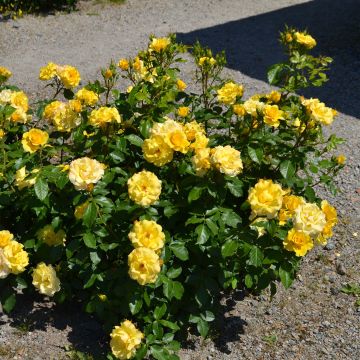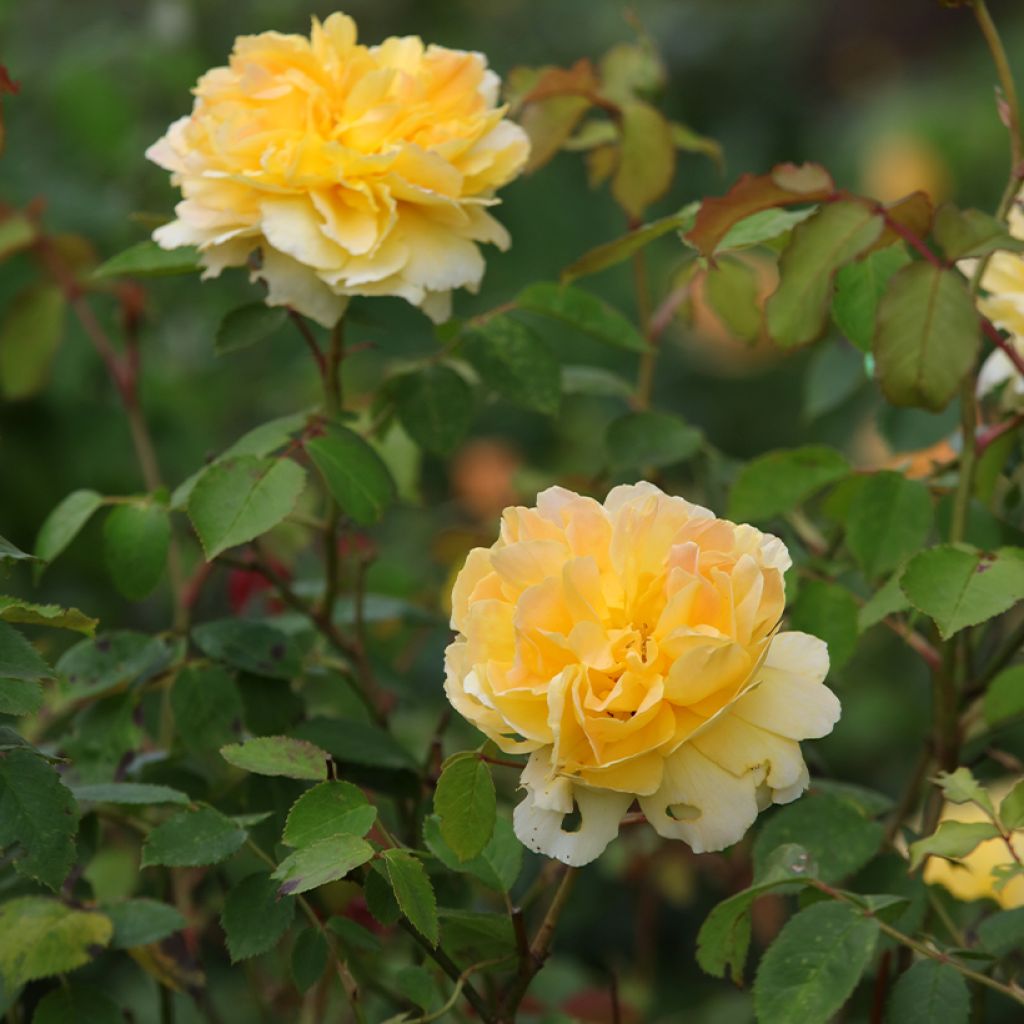

Rosa Molineux Ausmol
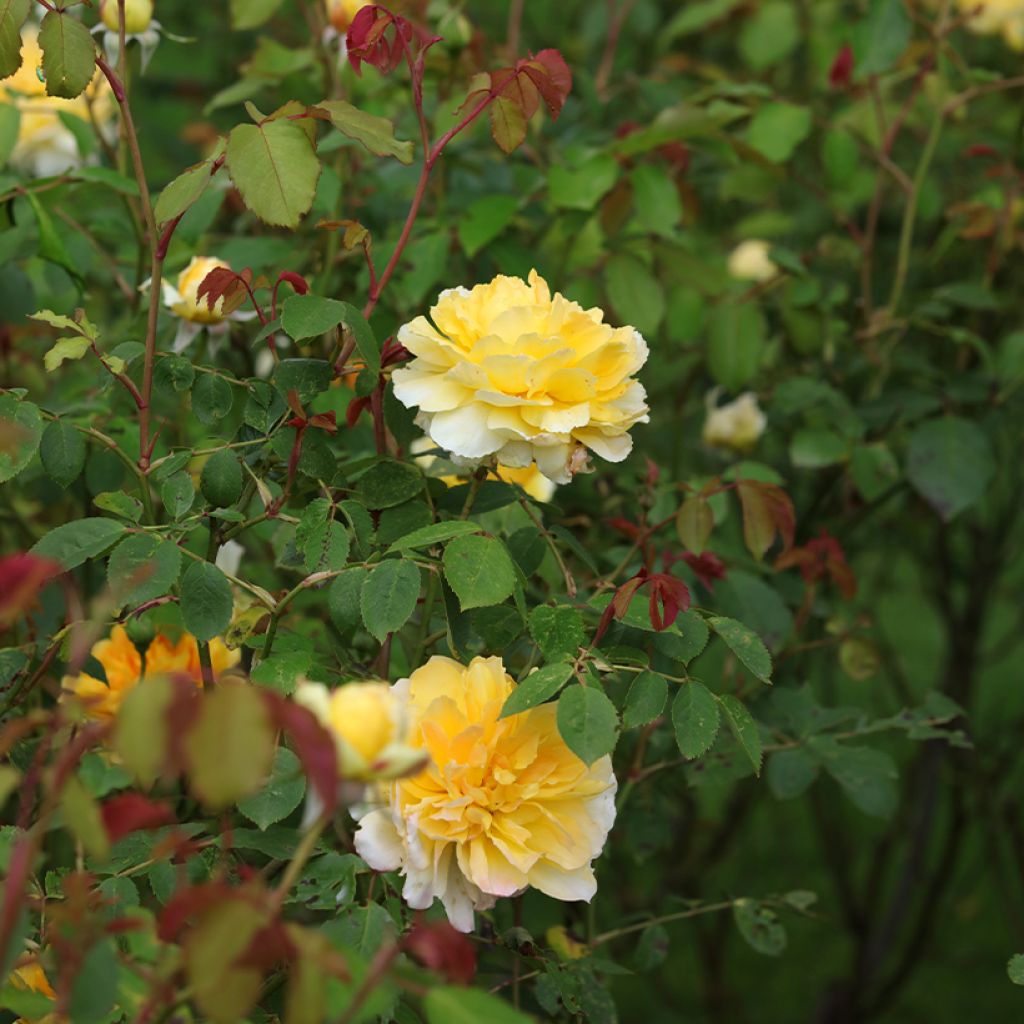

Rosa Molineux Ausmol
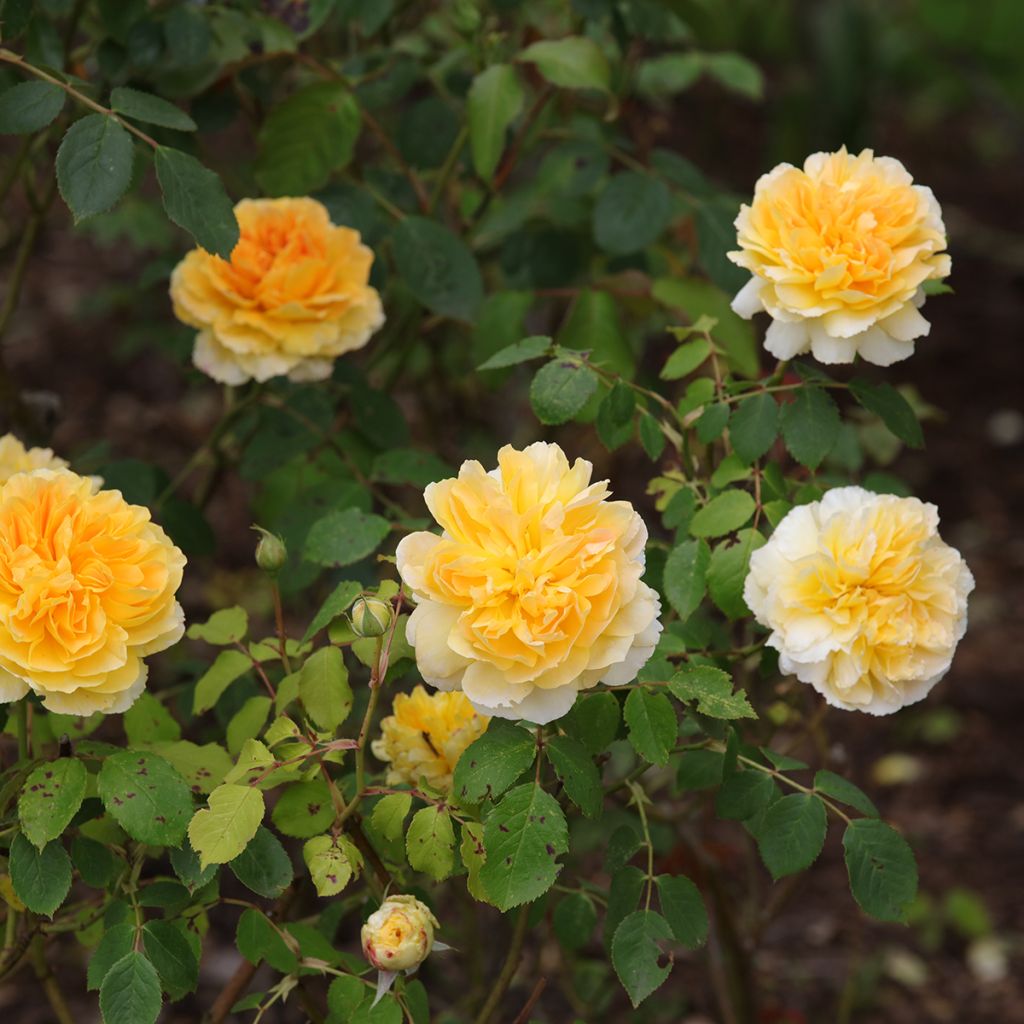

Rosa Molineux Ausmol
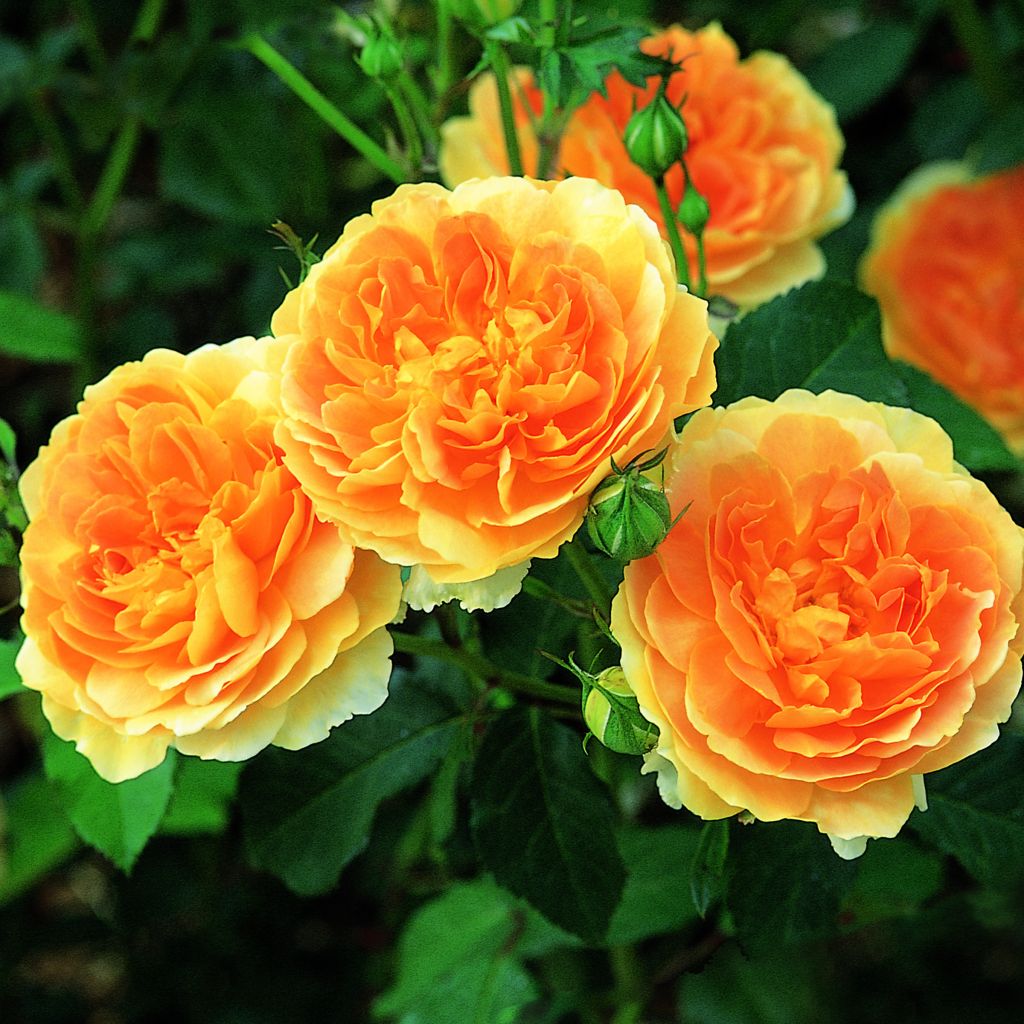

Rosa Molineux Ausmol
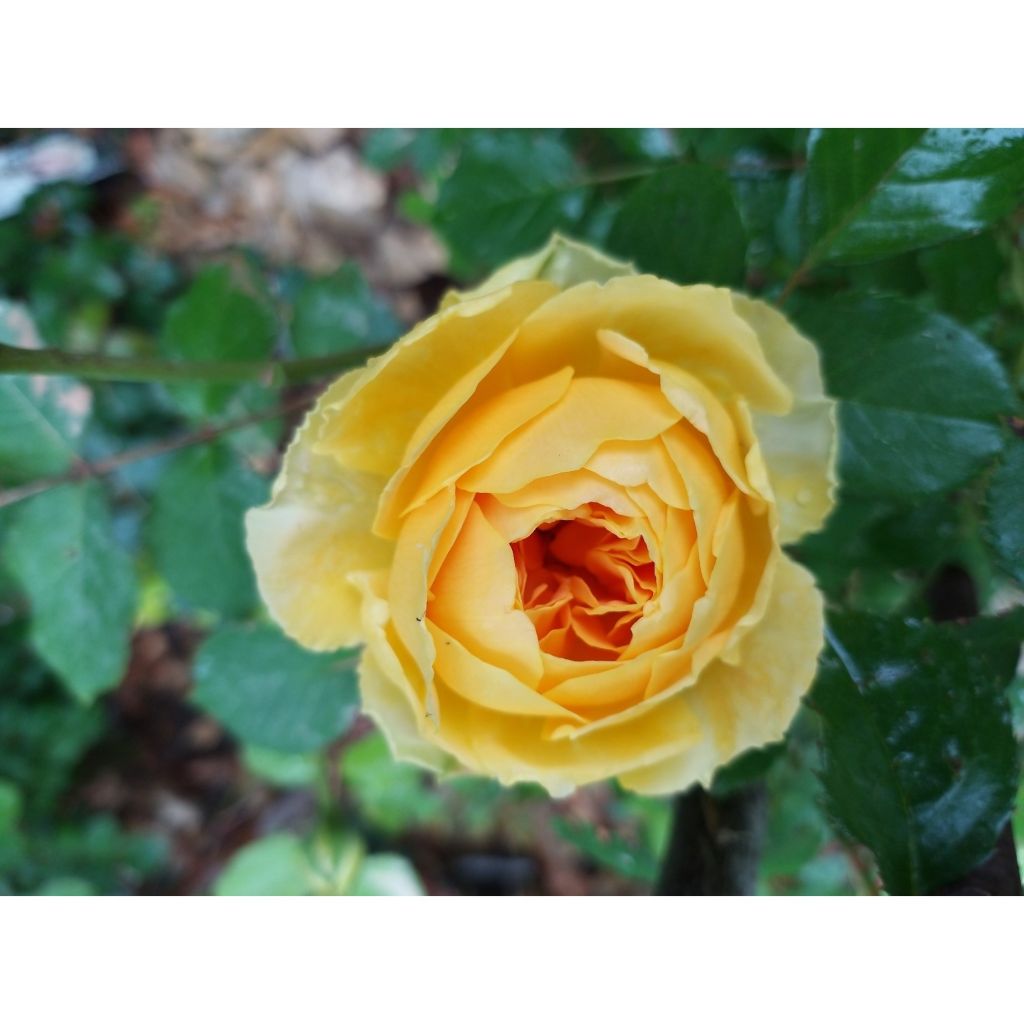

Rosa Molineux Ausmol
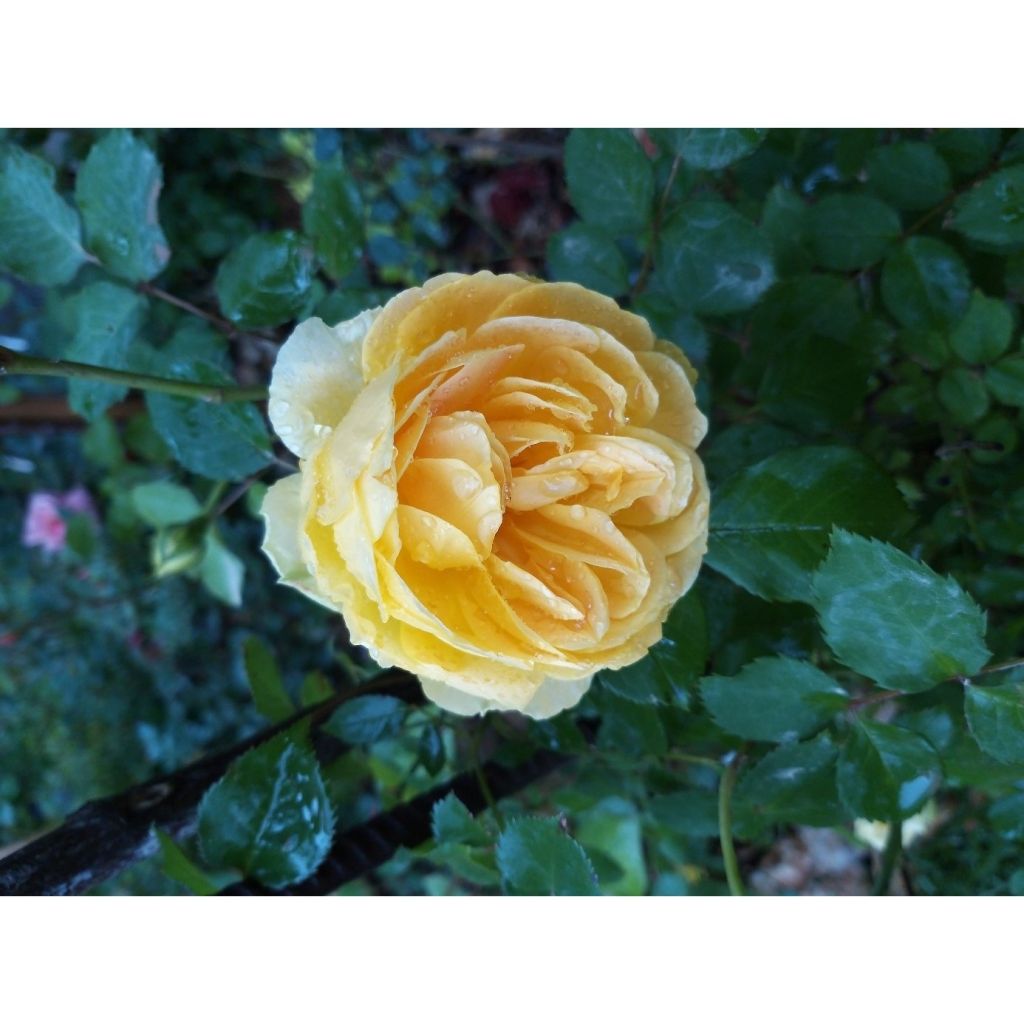

Rosa Molineux Ausmol
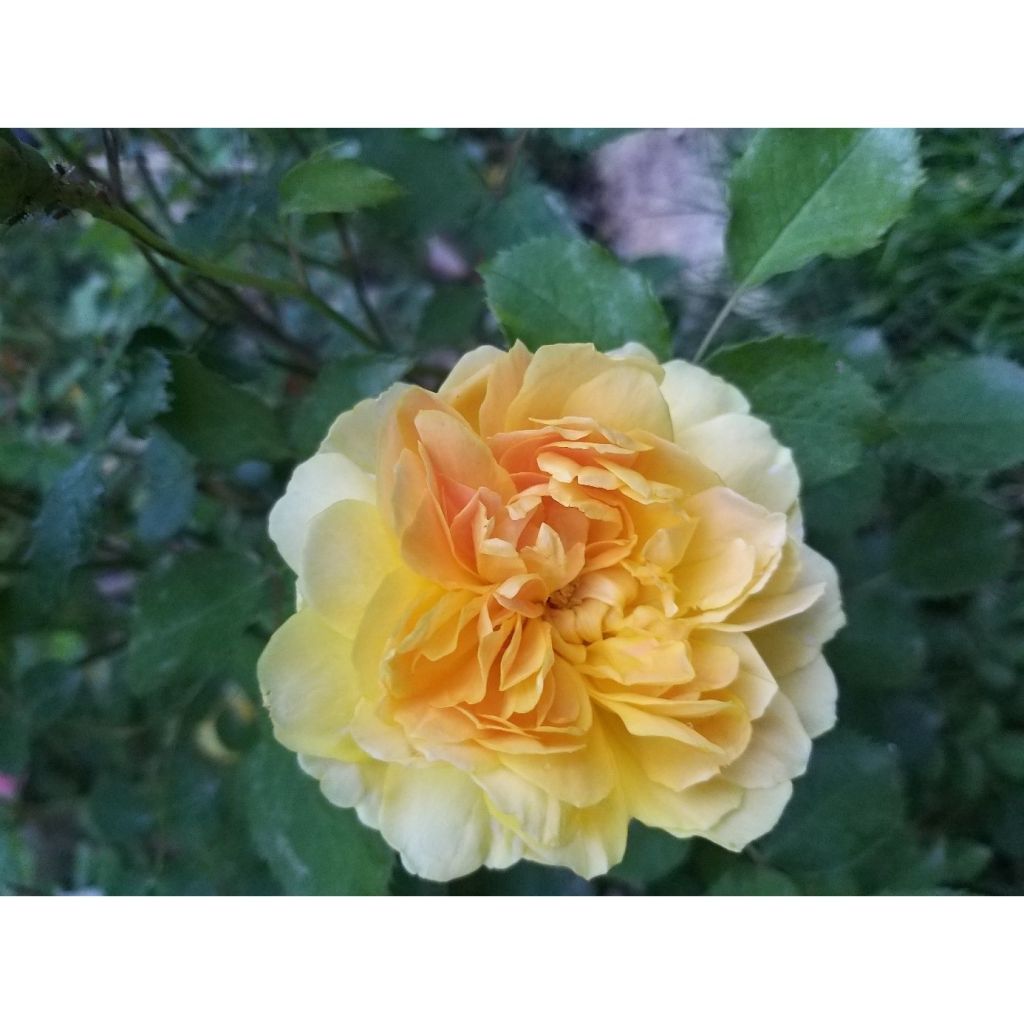

Rosa Molineux Ausmol
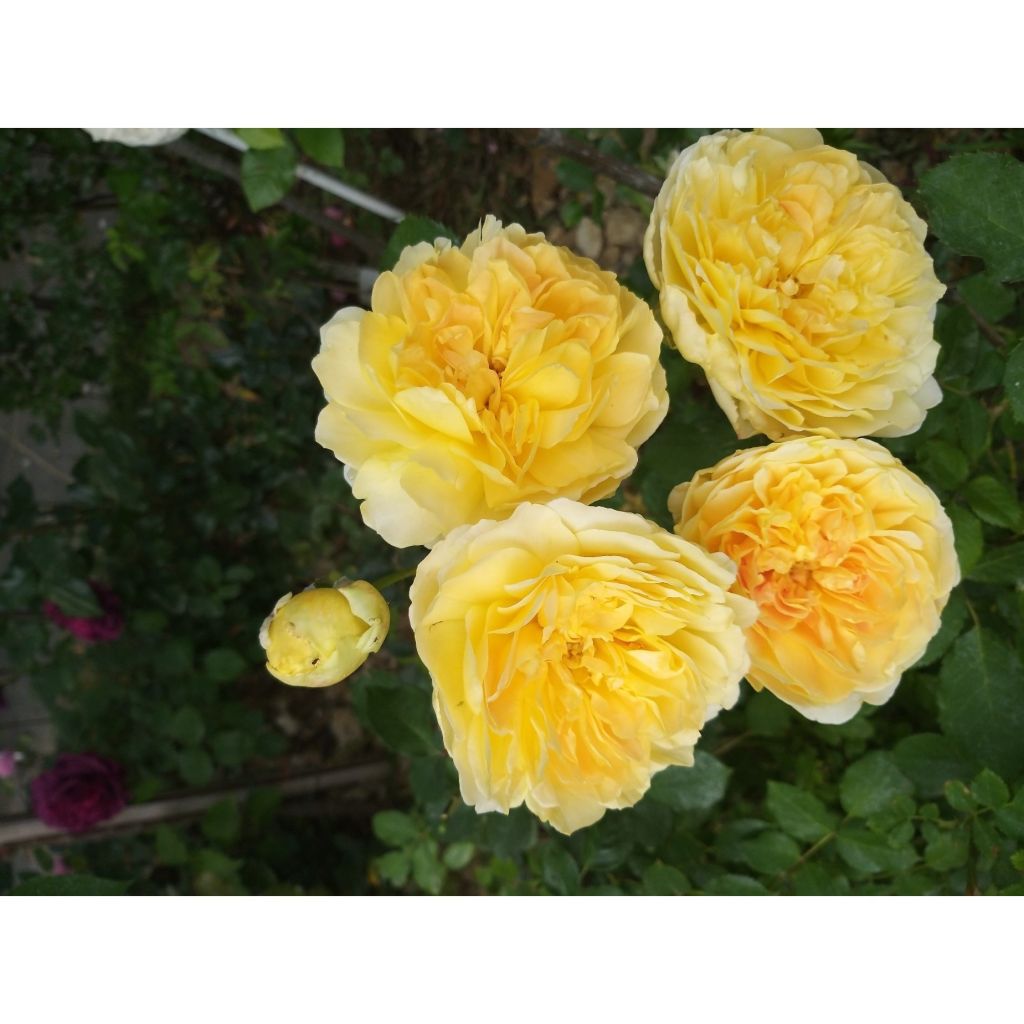

Rosa Molineux Ausmol
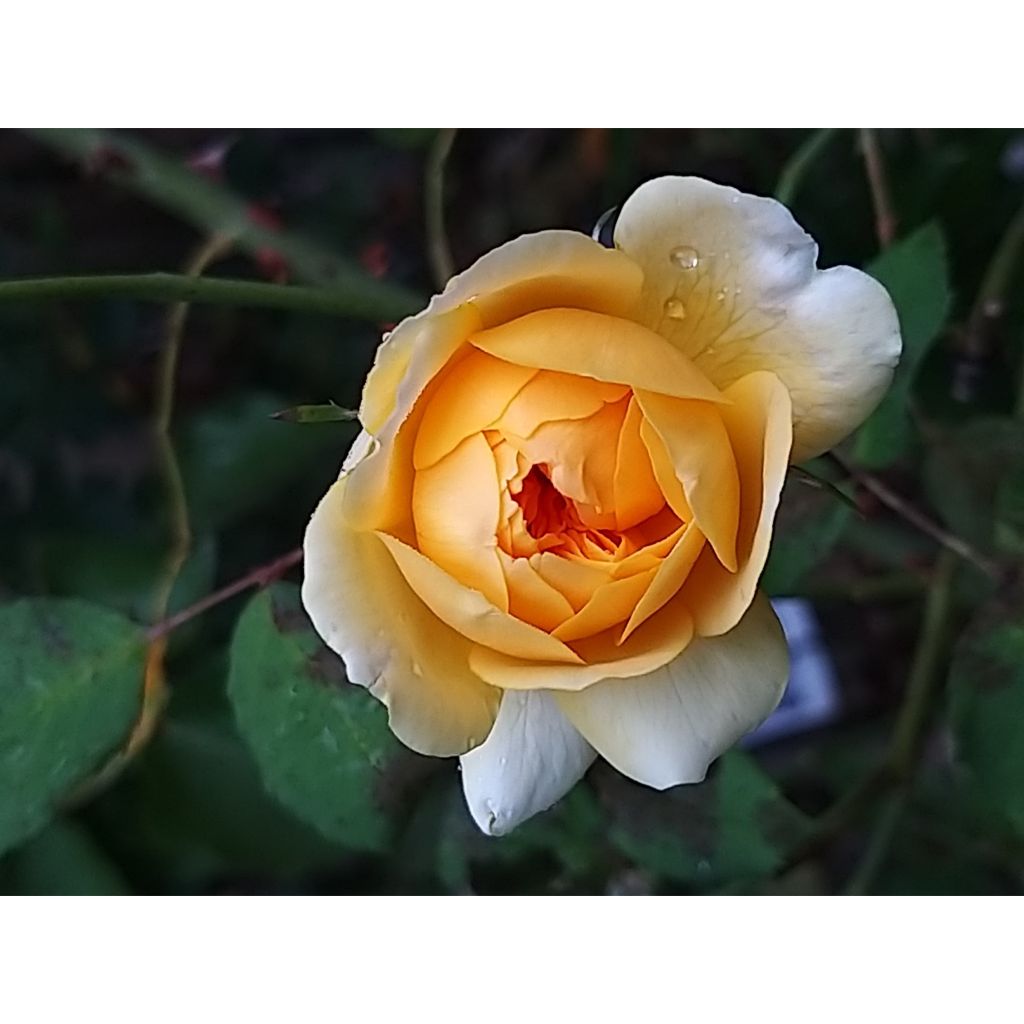

Rosa Molineux Ausmol
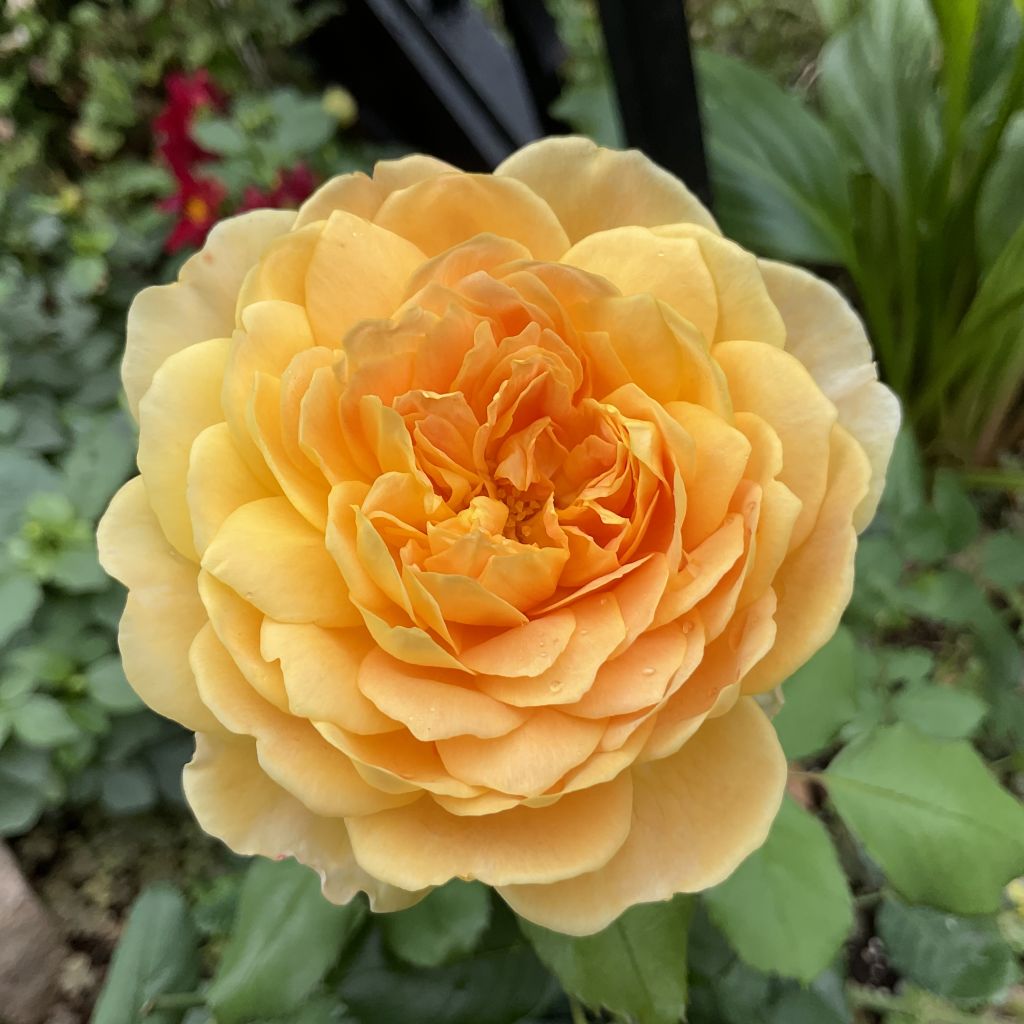

Rosa Molineux Ausmol
Rosa Molineux Ausmol
Rosa Molineux® Ausmol
Rosier David Austin, Rosier anglais, Rose anglaise
Thanks to the team (for order preparation and shipping), the rose bush I received looks healthy. Planted in the ground, close to the 'Pascali' variety, I am now patiently waiting for it to thrive... or not?
Thierry, 31/10/2024
Special offer!
Receive a €20 voucher for any order over €90 (excluding delivery costs, credit notes, and plastic-free options)!
1- Add your favorite plants to your cart.
2- Once you have reached €90, confirm your order (you can even choose the delivery date!).
3- As soon as your order is shipped, you will receive an email containing your voucher code, valid for 3 months (90 days).
Your voucher is unique and can only be used once, for any order with a minimum value of €20, excluding delivery costs.
Can be combined with other current offers, non-divisible and non-refundable.
Home or relay delivery (depending on size and destination)
Schedule delivery date,
and select date in basket
We guarantee the quality of our plants for a full growing cycle, and will replace at our expense any plant that fails to recover under normal climatic and planting conditions.

Description
The English rose Molineux forms a modest-sized bush, irreplaceable in flower beds and borders. Its exceptionally abundant and continuous flowering is double, with a rich golden yellow colour, enhanced by a scent of tea rose with a musky undertone. This variety is healthy, disease-resistant, and thrives in all climates. It was awarded 'Best Rose of the Year' at a competition organized by the Royal National Rose Society, recognizing its outstanding performance and fragrance.
This rose is an upright bush with regular growth, reaching a small to medium size of 70 cm (28in) to 1 m (3ft) in height and 75 cm (30in) in width. It produces thorny branches covered with dark green glossy foliage that is resistant to diseases. Often used as cut flowers, its large double rosette roses open flat in a slightly amber-yellow shade with an orange centre, releasing a delicate fragrance without being overpowering. Its decorative fruits persist on the bush for a long time, delighting the eyes and birds.
This bush, slightly smaller than others in the same range, is perfect for small gardens and looks stunning in flower beds and borders. Its warm-toned roses can be accompanied by perennial plants and a colour range of your choice. Whether you appreciate yellow in the garden or not, this rose is ideal for brightening up, warming, or adding cheer to a somewhat gloomy corner. In regions where the summer sun is intense and the light is harsh, the yellow of its flowers with its rare intensity, harmonises beautifully with red flowers. It is well-suited to Mediterranean climates but cannot withstand temperatures below -20°C. It can also combine well with white or pale blue flowers.
Obtained by David Austin in 2004.
Rosa Molineux Ausmol in pictures
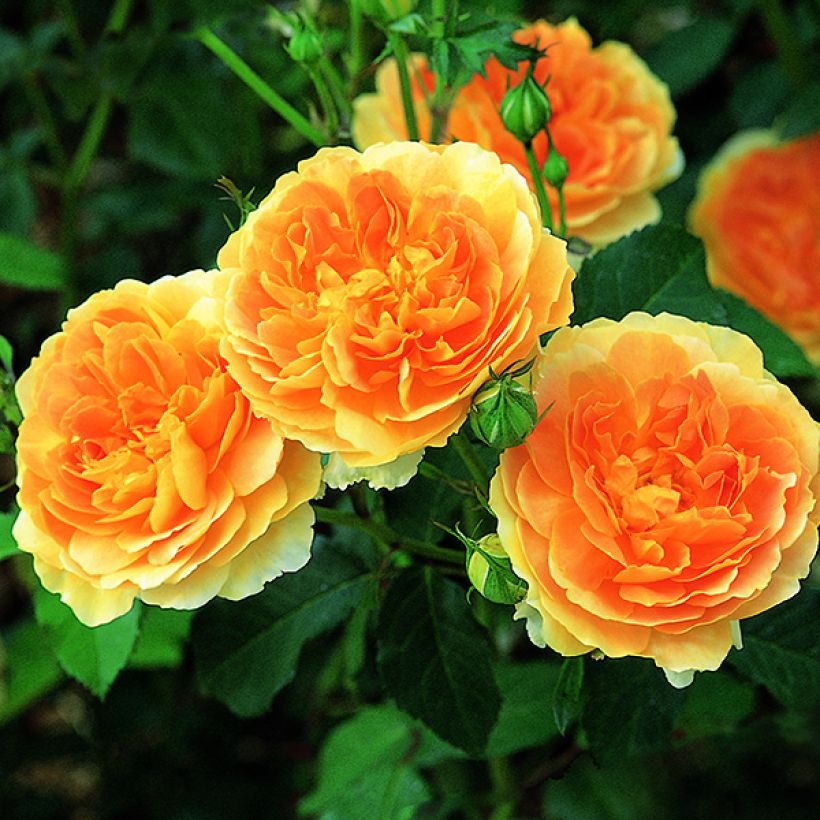

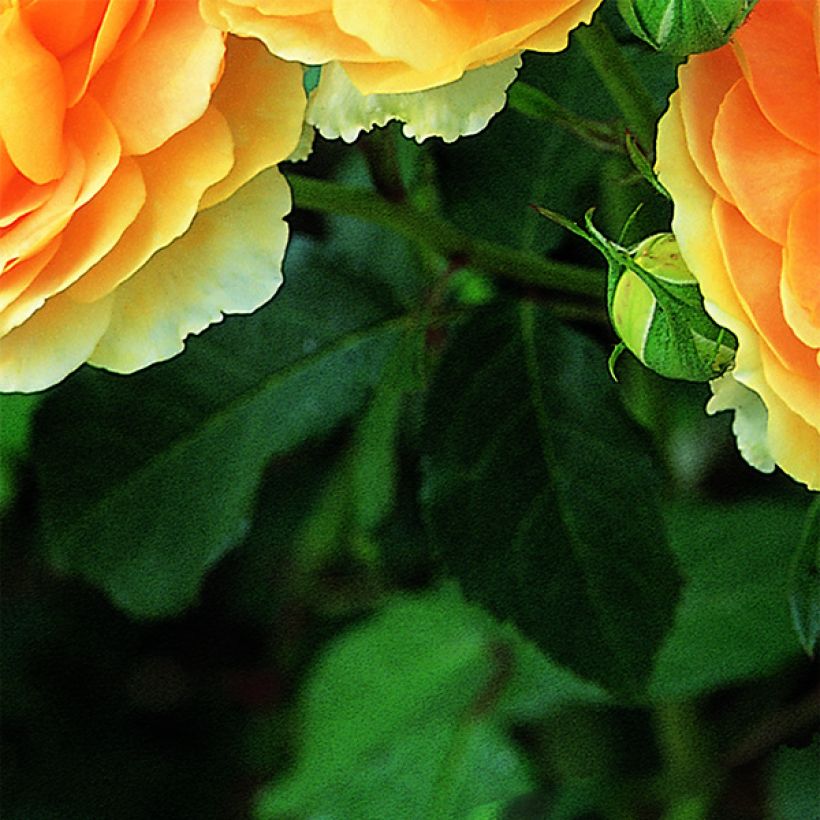

Plant habit
Flowering
Foliage
Botanical data
Rosa
Molineux® Ausmol
Rosaceae
Rosier David Austin, Rosier anglais, Rose anglaise
Cultivar or hybrid
Rosa canina Laxa (Wrapped bare root, 4L/5L pot)
Planting and care
Plant your English Wood Rose Molineux in a sunny or lightly shaded location. English roses are tolerant but will not tolerate excessive limestone. They will adapt to any garden as long as the soil is well worked and rich enough. To plant your rose, prepare the soil by crumbling it and adding an amendment, such as bonemeal, at the bottom of the planting hole. Water abundantly after planting to remove air pockets. Water regularly for a few weeks to encourage root growth.
Pruning English roses is essential for flowering. At the end of winter, shorten the branches to 3-5 buds above the ground (at the lowest level), choosing an outward-facing bud for a more elegant habit. Take advantage of this pruning to remove dead wood and unsightly branches. Pruning is done at an angle above a bud. As the flowers bloom, remove faded flowers to stimulate the development of other buds.
After a very harsh winter, it will need to be pruned very short or protected by mounding with turf, for example. Like all continuously flowering roses, it appreciates a fertiliser application at its base in May, June, and July, especially during its first three years in the garden.
Roses are often spotted or unsightly in late summer, but it is not a problem for their development. These spots are not harmful to the rose; it is a natural phenomenon.
Planting period
Intended location
Care
Planting & care advice
-
, onOrder confirmed
Reply from on Promesse de fleurs
Similar products
Haven't found what you were looking for?
Hardiness is the lowest winter temperature a plant can endure without suffering serious damage or even dying. However, hardiness is affected by location (a sheltered area, such as a patio), protection (winter cover) and soil type (hardiness is improved by well-drained soil).

Photo Sharing Terms & Conditions
In order to encourage gardeners to interact and share their experiences, Promesse de fleurs offers various media enabling content to be uploaded onto its Site - in particular via the ‘Photo sharing’ module.
The User agrees to refrain from:
- Posting any content that is illegal, prejudicial, insulting, racist, inciteful to hatred, revisionist, contrary to public decency, that infringes on privacy or on the privacy rights of third parties, in particular the publicity rights of persons and goods, intellectual property rights, or the right to privacy.
- Submitting content on behalf of a third party;
- Impersonate the identity of a third party and/or publish any personal information about a third party;
In general, the User undertakes to refrain from any unethical behaviour.
All Content (in particular text, comments, files, images, photos, videos, creative works, etc.), which may be subject to property or intellectual property rights, image or other private rights, shall remain the property of the User, subject to the limited rights granted by the terms of the licence granted by Promesse de fleurs as stated below. Users are at liberty to publish or not to publish such Content on the Site, notably via the ‘Photo Sharing’ facility, and accept that this Content shall be made public and freely accessible, notably on the Internet.
Users further acknowledge, undertake to have ,and guarantee that they hold all necessary rights and permissions to publish such material on the Site, in particular with regard to the legislation in force pertaining to any privacy, property, intellectual property, image, or contractual rights, or rights of any other nature. By publishing such Content on the Site, Users acknowledge accepting full liability as publishers of the Content within the meaning of the law, and grant Promesse de fleurs, free of charge, an inclusive, worldwide licence for the said Content for the entire duration of its publication, including all reproduction, representation, up/downloading, displaying, performing, transmission, and storage rights.
Users also grant permission for their name to be linked to the Content and accept that this link may not always be made available.
By engaging in posting material, Users consent to their Content becoming automatically accessible on the Internet, in particular on other sites and/or blogs and/or web pages of the Promesse de fleurs site, including in particular social pages and the Promesse de fleurs catalogue.
Users may secure the removal of entrusted content free of charge by issuing a simple request via our contact form.
The flowering period indicated on our website applies to countries and regions located in USDA zone 8 (France, the United Kingdom, Ireland, the Netherlands, etc.)
It will vary according to where you live:
- In zones 9 to 10 (Italy, Spain, Greece, etc.), flowering will occur about 2 to 4 weeks earlier.
- In zones 6 to 7 (Germany, Poland, Slovenia, and lower mountainous regions), flowering will be delayed by 2 to 3 weeks.
- In zone 5 (Central Europe, Scandinavia), blooming will be delayed by 3 to 5 weeks.
In temperate climates, pruning of spring-flowering shrubs (forsythia, spireas, etc.) should be done just after flowering.
Pruning of summer-flowering shrubs (Indian Lilac, Perovskia, etc.) can be done in winter or spring.
In cold regions as well as with frost-sensitive plants, avoid pruning too early when severe frosts may still occur.
The planting period indicated on our website applies to countries and regions located in USDA zone 8 (France, United Kingdom, Ireland, Netherlands).
It will vary according to where you live:
- In Mediterranean zones (Marseille, Madrid, Milan, etc.), autumn and winter are the best planting periods.
- In continental zones (Strasbourg, Munich, Vienna, etc.), delay planting by 2 to 3 weeks in spring and bring it forward by 2 to 4 weeks in autumn.
- In mountainous regions (the Alps, Pyrenees, Carpathians, etc.), it is best to plant in late spring (May-June) or late summer (August-September).
The harvesting period indicated on our website applies to countries and regions in USDA zone 8 (France, England, Ireland, the Netherlands).
In colder areas (Scandinavia, Poland, Austria...) fruit and vegetable harvests are likely to be delayed by 3-4 weeks.
In warmer areas (Italy, Spain, Greece, etc.), harvesting will probably take place earlier, depending on weather conditions.
The sowing periods indicated on our website apply to countries and regions within USDA Zone 8 (France, UK, Ireland, Netherlands).
In colder areas (Scandinavia, Poland, Austria...), delay any outdoor sowing by 3-4 weeks, or sow under glass.
In warmer climes (Italy, Spain, Greece, etc.), bring outdoor sowing forward by a few weeks.






























